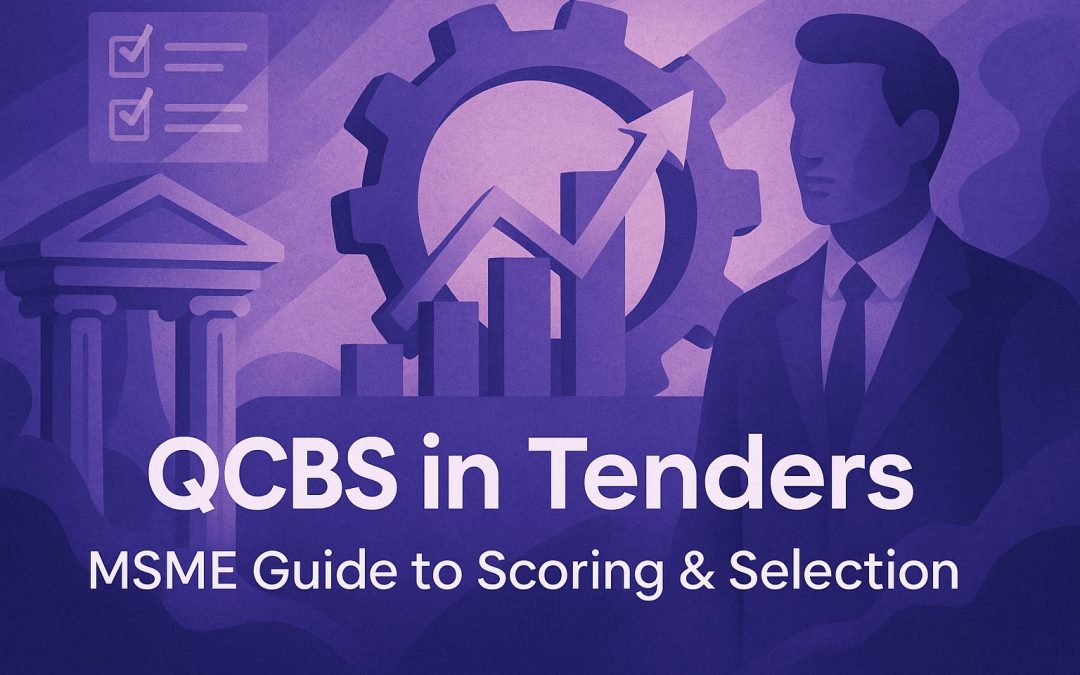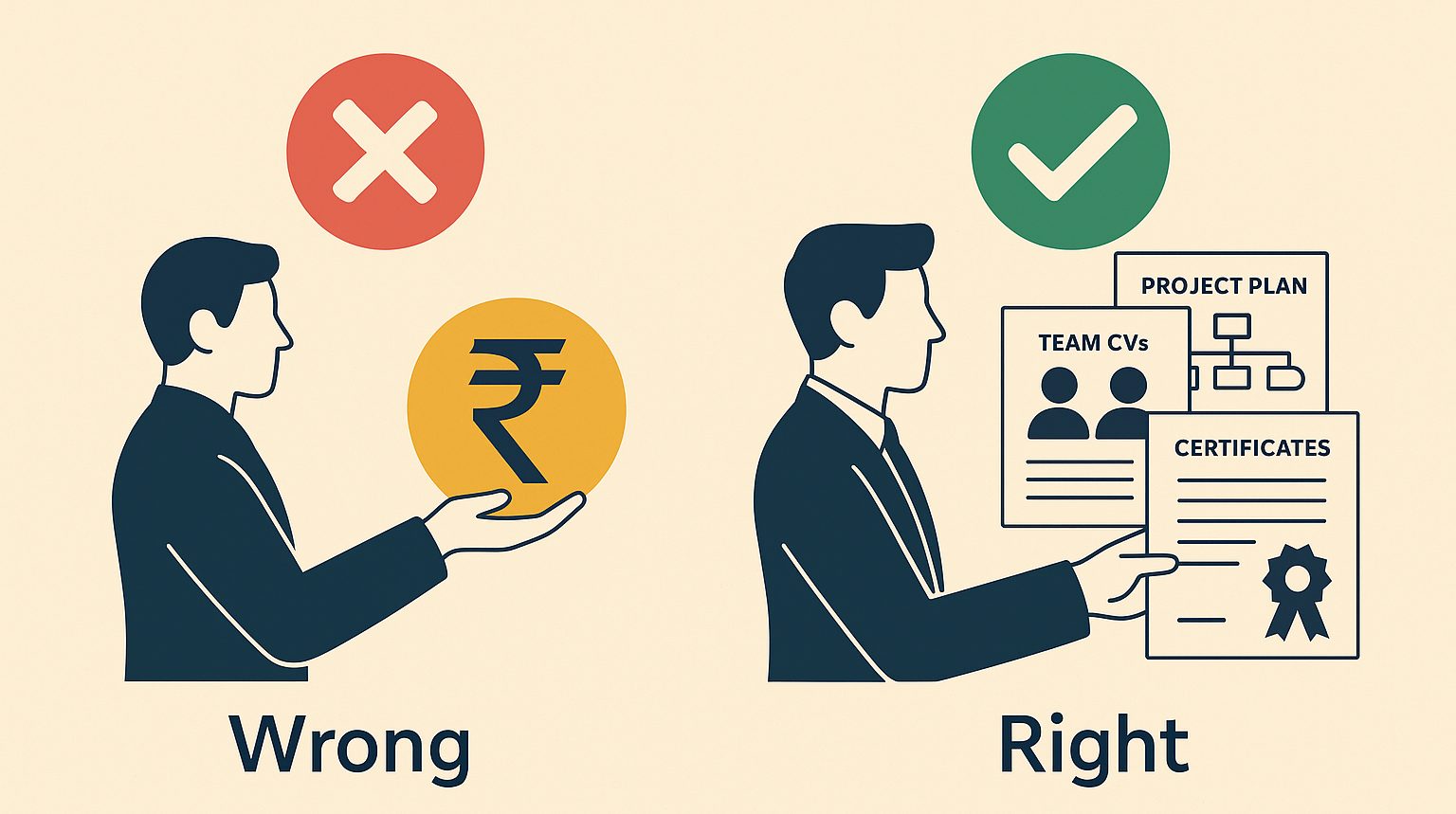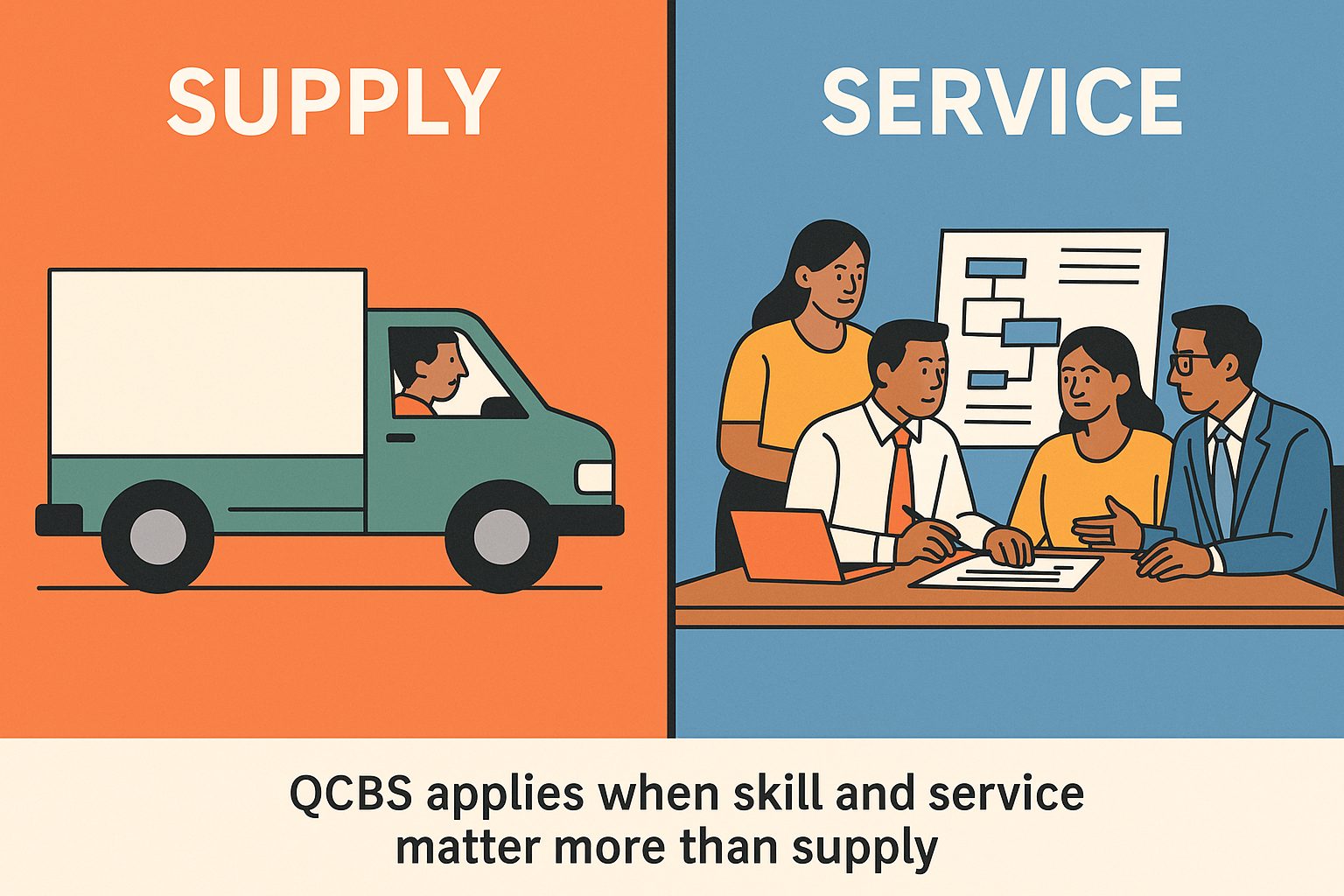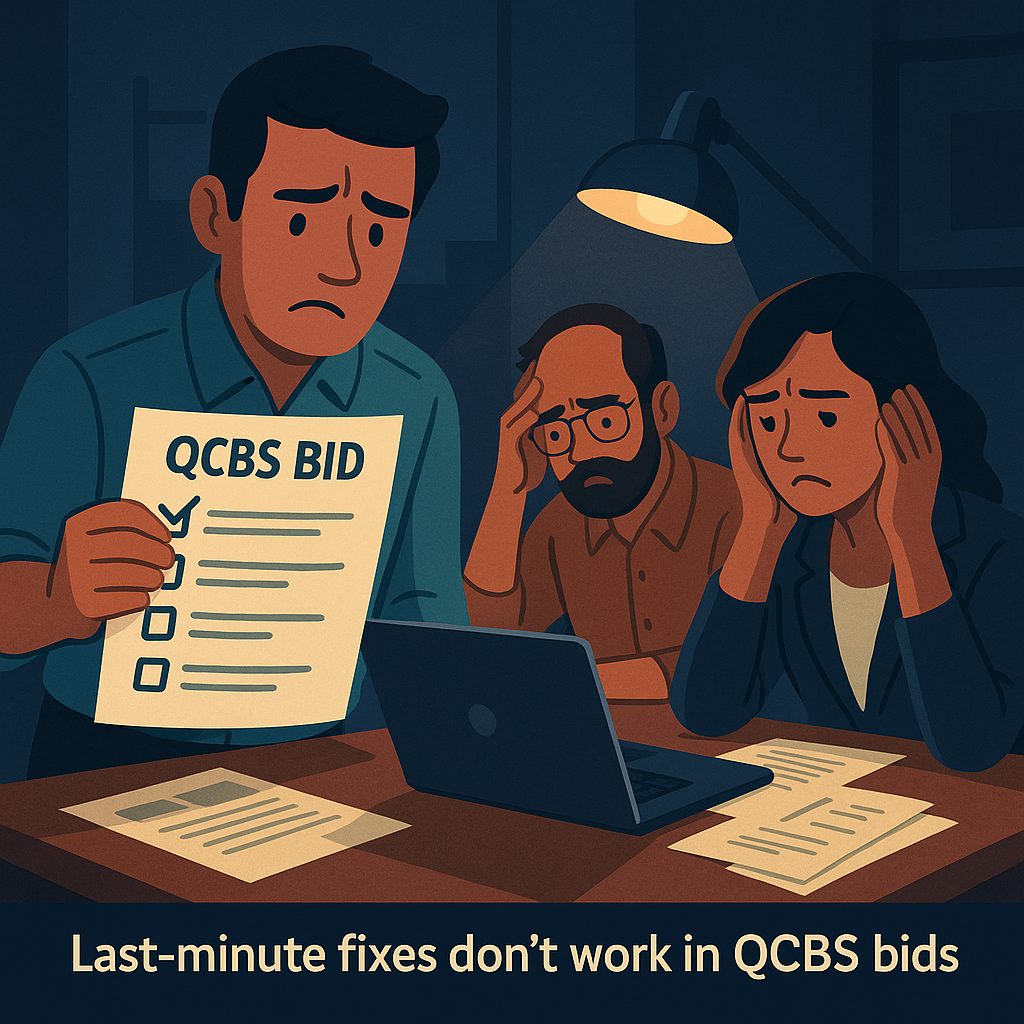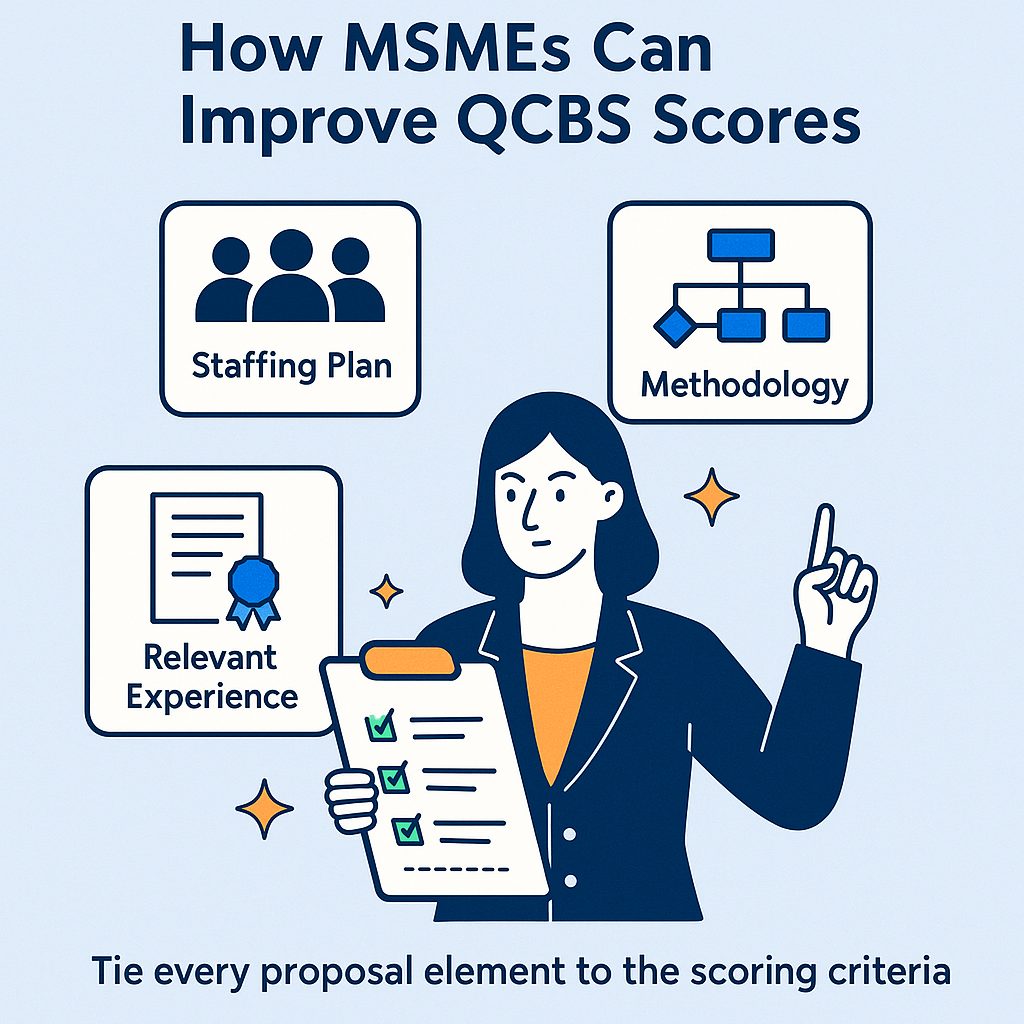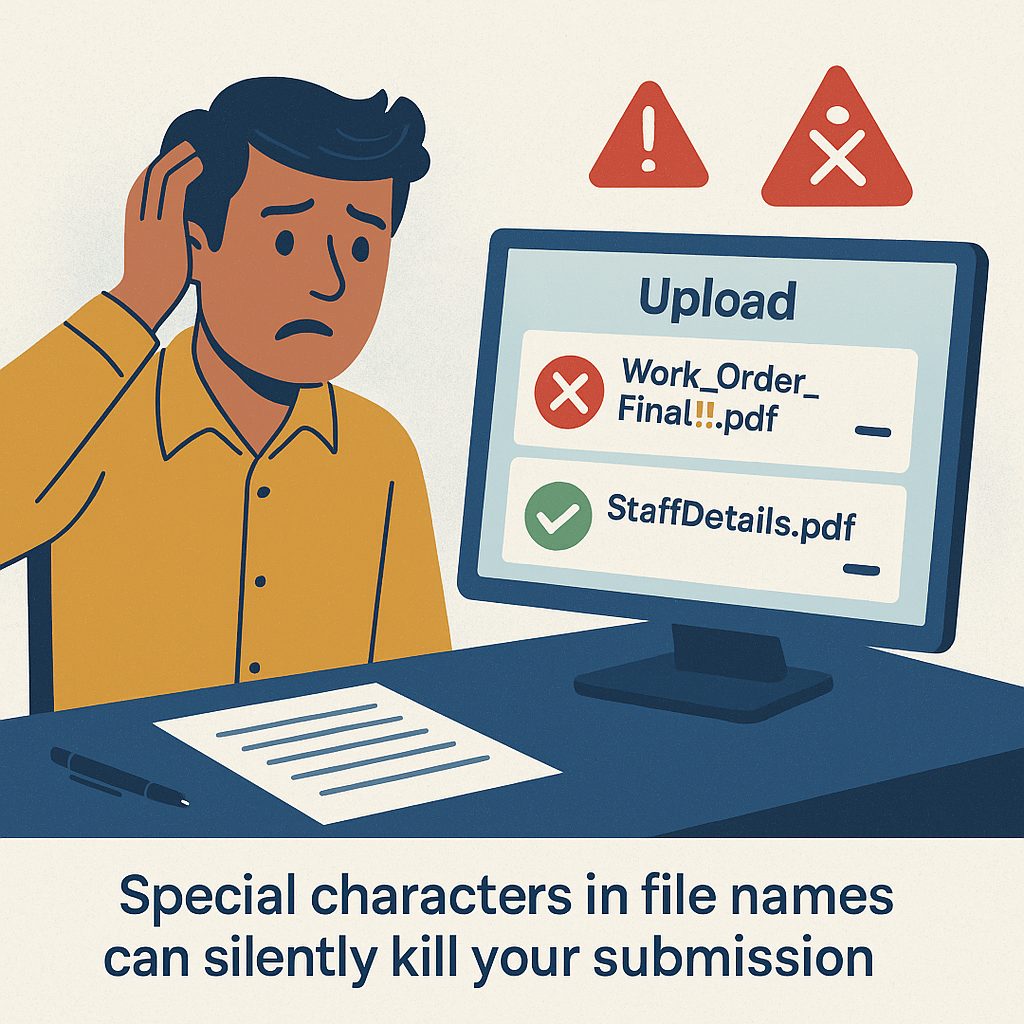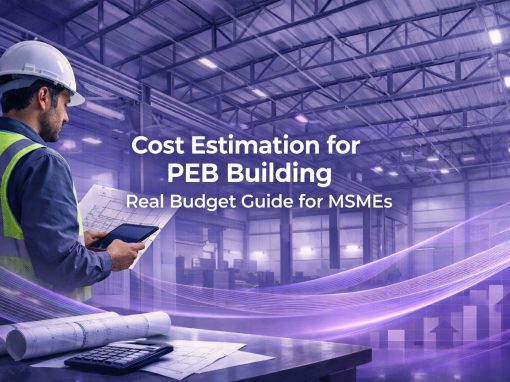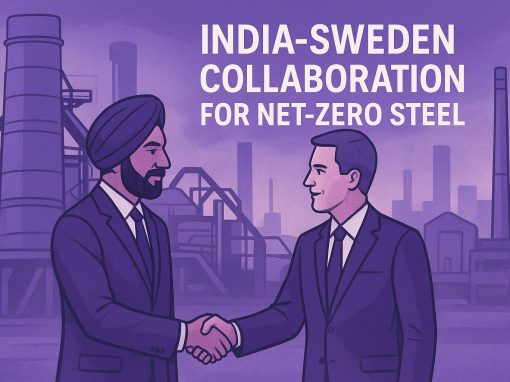Table of Contents
Most government service tenders don’t just go to the lowest bidder. That surprises many first-time applicants. The reason is simple: in sectors like consulting, IT, or audits, the quality of delivery matters just as much as cost. This is where QCBS, which means Quality and Cost Based Selection, comes in.
QCBS assigns weight to both parts of a bid. Typically, 70% is given to the technical proposal and 30% to the financial quote. Some tenders flip this to 80:20 or 60:40, depending on how sensitive the outcome is to quality. This scoring method ensures the contract doesn’t land with a vendor who quotes low but lacks depth in delivery.
For MSMEs, this can be both an opportunity and a trap. An opportunity because a well-prepared firm can outscore larger players with sharper technical documentation. A trap because many assume quoting low is enough. If the technical score falls below the cutoff (often 70 out of 100), the financial bid won’t even be opened.
There are real stories behind this. A design agency from Indore lost a ₹40 lakh municipal branding contract, even though they quoted 12% less than the winner. The reason? Their staffing plan was vague, and the evaluators flagged the past work as non-comparable. That’s how QCBS works. It rewards preparation, not shortcuts.
Where MSMEs Encounter QCBS-Based Tenders
Most small businesses don’t hear about QCBS until they lose a bid. It shows up in government tenders where the work needs skill, not just supply. You’ll see it in IT projects, audits, research assignments, branding work, training programs; things that can’t be judged by price alone.
On GeM, QCBS is used when departments want services. Not basic procurement, but assignments like setting up dashboards, creating training modules, or auditing a digital system. These tenders don’t just ask for your price. They ask who’s on your team, what you’ve done before, how you’ll deliver, and how long it’ll take. If your technical score doesn’t cross the cut-off, the price sheet won’t be opened.
On CPPP, you’ll mostly find QCBS in larger consulting jobs. Ministries post them with thick documents, 30 to 50 pages long. There’s a scoring table somewhere inside, listing points for work experience, project approach, key staff, and past clients. A lot of MSMEs miss small things like page numbering or proper signoffs. That alone can disqualify a bid.
State portals run their own versions. In places like Maharashtra or Odisha, urban projects often follow QCBS. The formats may change but the pattern is the same. They want proof you can deliver, and they’ll give it more weight than your quote.
Most first-time bidders don’t realise this. They focus on price and treat the rest like paperwork. In QCBS, it works the other way around. Your technical proposal is what gets you through the door. The price only counts if you’re already inside.
Common Mistakes MSMEs Make in QCBS Tenders
Most first-time bidders lose QCBS tenders in the technical stage. Not because they didn’t quote well, but because their proposal didn’t answer what the department was scoring. That’s the part many don’t see. QCBS isn’t just about listing your past work. It’s about matching what you’ve done to what the buyer is asking for, in their language.
One of the most common issues is submitting generic proposals. A firm will describe what they offer, list a few projects, and think that’s enough. But the department has already laid out a scoring chart. If they’ve allocated 15 points for staffing, you need to show names, roles, experience, and exactly how those people fit into the assignment. If the chart gives weight to methodology, they’re looking for a clear plan, not bullet points copied from last year’s bid.
Another mistake is with documents. Proof matters. A Surat-based startup lost a city IT contract last year even though their quote was solid. The issue? Their work orders weren’t signed by the client. No stamp, no date. They were marked non-compliant.
Formatting trips up vendors too. Some portals ask for CVs in a fixed template. Others want experience listed year by year. One missed column, or one file in the wrong format, and the system marks your bid incomplete. In one Smart City bid, a vendor submitted everything correctly except for a missing project code on a form. They never made it past technical review.
Then there’s the minimum score. Most QCBS tenders set a cutoff, say, 70 out of 100. If your technical bid doesn’t clear that, your price won’t even be looked at. Many vendors don’t realise this. They quote sharply, but they’re already out before the price sheet is opened.
This isn’t rare. It happens every week across state and central portals. To stay in the game, MSMEs need to treat the technical proposal as the core bid. The financials only matter if the paperwork earns a seat at the table.
How MSMEs Can Improve QCBS Scores
Winning a QCBS bid isn’t about quoting low. It’s about scoring high where it counts. That means building a technical proposal that speaks directly to the evaluation matrix, line by line.
Start with the team section. If the tender allocates points for staffing, don’t just list names. Include roles, relevant experience, and show how each person fits into the project. A resume alone won’t score unless it’s tied to delivery. Some departments even ask for commitment letters. If someone from your team is on the proposal but not formally confirmed, evaluators can cut points.
Your methodology should explain exactly how you plan to do the work. A basic timeline or a few bullet points won’t cut it. Break it into phases. Mention tools, checkpoints, reporting cycles. Show that you’ve done this before and that you know what to expect. Evaluators reward clarity. A clear plan beats jargon every time.
Credentials and past work must be project specific. A firm that did branding for private clients might struggle in a Smart City RFP unless they can link that experience to the scope in the tender. One way to strengthen your case is by using performance certificates from government departments. Even if your past work was small, a signed note from a public buyer carries weight.
Also, take time to prepare the documents properly. Label everything. Stick to the format. If they ask for Excel, don’t upload a scanned PDF. If a form needs signatures, don’t forget the stamp. Evaluators aren’t going to chase you for missing details. They’ll just move to the next bid.
Finally, remember this: you’re not writing for yourself. You’re writing for someone who’s reading fifteen other proposals. Make it easy for them to give you full marks. That’s how you stay in the running.
Platform Submission Checklist: GeM, CPPP, State Portals
Submission is where good bids fall apart. The paperwork might be solid, the pricing competitive, the proposal detailed. Still, if you mess up the upload or miss a format, the system throws your bid out. No questions asked.
GeM Portal
On GeM, double-check that your business profile is fully updated. PAN, GST, Udyam registration; all of it must match what the tender asks. Some bids won’t even open unless the profile is linked to the correct category. If the tender follows QCBS, make sure the technical and financial files go into the right slots. Don’t mix them. If you drop a price quote into the technical upload by mistake, you’re out. No room for corrections after submission.
CPPP Portal
On CPPP, timing matters. The portal cuts off exactly at the listed time. If the tender closes at 3 PM, the system will lock before the minute changes. Keep that in mind while uploading large files. Also, most CPPP tenders come with a set of annexures. You have to upload them one by one, in order. Missing even a basic one, like the signed declaration or bid form, means the entire bid is marked incomplete.
State Portals
State portals each work differently. Some allow corrections until the last minute, others lock the submission once you press submit. In many cases, the portal rejects files with special characters in the name. Stick to simple titles like “WorkOrder1.pdf” or “StaffDetails.xls”. A vendor from Nagpur had everything ready but used a long file name with commas and slashes. The upload failed. The system didn’t give an error, but the bid never went through.
If the bid needs a DSC, test it at least a day before. Make sure it’s valid and issued to the right person. Portals don’t accept explanations after the fact. If the DSC fails during final submission, the bid is invalid.
Also, keep an eye out for corrigendums. Departments sometimes change the format or extend deadlines quietly. If you upload the old version, your bid won’t match the latest conditions.
The safest way to handle submission is to plan for everything to go wrong. Upload early. Double-check file formats. Watch out for system errors. And never assume the portal will warn you if something’s missing. It won’t.
Conclusion
QCBS tenders are different. They don’t just reward the lowest quote. They reward preparation. For MSMEs and new vendors, this can work in your favour, but only if you understand how the scoring works.
Most rejections happen before the price is even considered. The technical proposal is where you earn the right to compete. If that part is rushed, vague, or missing key documents, your bid is out. No matter how competitive your pricing is.
For every portal: GeM, CPPP, or a state site; the process has its own traps. Misplaced uploads, DSC errors, missed annexures. None of this is obvious until it’s too late. And the system doesn’t give second chances.
If you’re serious about public tenders, treat QCBS like a different game. Read the score sheet. Build your proposal around it. Stick to formats. Stay ahead of the deadline. And most importantly, give the evaluator a reason to trust that you can deliver what you’re promising.
In this space, trust is scored, and it is scored line by line.
Looking for the right government tenders for your business?
Tata nexarc helps MSMEs, manufacturers, and service providers find relevant government tenders across India. Discover tenders by location, category, or department, track deadlines, and get notified on time — with complete support to help you apply confidently.
FAQs
Is QCBS used for product supply tenders or only services?
What happens if two vendors have the same combined QCBS score?
Can startups without government experience qualify in QCBS tenders?
Do all QCBS tenders use a 70:30 ratio?
Are QCBS bids evaluated by the same committee as L1 bids?
Is QCBS scoring visible to vendors after evaluation?
Does NSIC or Udyam registration help in QCBS scoring?
What types of performance certificates carry weight in QCBS?
Can a vendor file an objection to QCBS evaluation results?
Are joint ventures (JVs) allowed in QCBS tenders?
Ananya Mittal blends a background in data science with a passion for writing, contributing to Tata Nexarc’s efforts in creating insightful, data-informed content for MSMEs. Her work focuses on exploring sector-specific challenges and opportunities across procurement, logistics, and business strategy. She is also involved in leveraging analytics to strengthen content performance and deliver actionable insights to India's growing B2B ecosystem.
